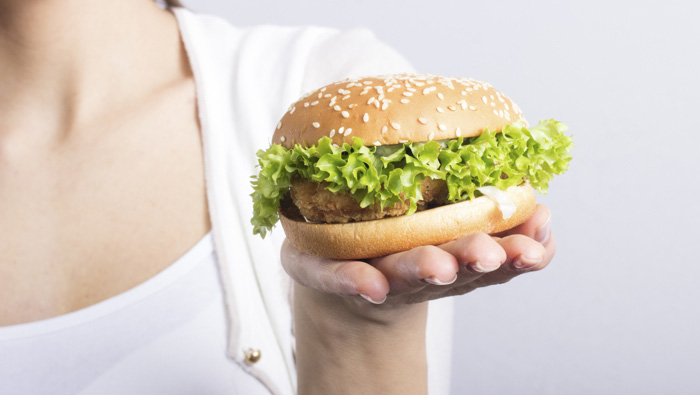Why Does the U.S. Allow Ingredients in Food That Are Banned in Other Countries?
May 7, 2021
Have you ever heard about the stories of international students in America leaving to their home country at a heavier weight than they arrived in? It happens more often than you might think. On the surface, this might seem kind of fun and amusing, but once you start thinking about it, the more it starts to seem like a symptom of a bigger problem, and that problem may have something to do with the food.
There are many factors that encourage food companies here in America to make their products as addictive as possible, even going so far as to scientifically engineer them to change how they taste in order to create a higher demand for it.
The catch is that many of these engineered products include harmful ingredients that are processed and distributed nationwide. The degree of many of these additives is enough to make it so that other countries around the world have banned it from being used at all.
Here is a list of a few food of the food additives that are currently allowed in the US:
- Potassium bromate and azodicarbonamide (ADA)
These are additives banned in Europe because they may cause cancer. They are often added to baked goods, like flour. The FDA has denied requests to ban potassium bromate despite the fact that it is considered a possible human carcinogen.
- BHA and BHT
These are popular man-made antioxidants that are commonly found in dry mixes, cereals, and dehydrated potato products to preserve them and increase their shelf life. These are possible carcinogens and endocrine disruptors. This means that they can alter the normal function of your hormones and lead to disease.
- Brominated Vegetable Oil (BVO)
This ingredient was originally patented by chemical companies as a flame retardant, but now it can be found in colorful sports drinks and citrus-flavored sodas as an emulsifier. BVO accumulates in human tissue, including breast tissue, and can cause memory loss over time.
- rBGH and rBST Growth Hormones
- Synthetic food dyes
- Farm animal drugs
- Propylparaben
- GMOs
- Roxarsone
- Ractopamine
- Herbicides, Insecticides, and Fungicides
- Olestra (A.K.A. Olean)
A common factor among all of these ingredients is that they can lead to potential disease. Why would the U.S. government allow so many harmful additives to our foods if they can have so many harmful effects?
“… the FDA states that food companies can market new chemicals and food additives WITHOUT FDA oversight or approval, so long as ‘the substance is generally recognized, among qualified experts, as having been adequately shown to be safe… ‘ “
This is known as the GRAS system.
There was a study that said 85 pesticides that were outlawed in other countries are still allowed in the U.S. Even the candy in the U.S. has been altered with harmful food additives. For example, red AirHead candies use red dye No. 40 which gives them their vibrant red color.
I spoke to my mom about this topic and here’s what she had to say:
Do you think that it’s hard to eat healthy here in America?
“Well if you know anything about me, it’s that for the past two years, I’ve been trying to get rid of the weight that I’ve had ever since you were a toddler. One of the biggest factors in my weight loss was changing the food I ate and what I allowed into my body. In the beginning, it was difficult to avoid the kinds of unhealthy foods that I’ve never really had to restrict myself from, but once I was able to get a routine going, one that I enjoyed with food that I actually liked, then I could start to see changes.
My mom made a reference to an incident that happened when I was about three or four years old. She injured her knee pretty severely and struggled to be as active as she used to be. From then until just a few years ago, she had gained a lot of weight. One of the biggest factors in her weight loss was completely changing her eating habits.
https://www.thedailymeal.com/travel/american-foods-banned-other-countries
https://foodrevolution.org/blog/banned-ingredients-in-other-countries/
http://toxindetective.com/us-foods-full-ingredients-banned-countries/
https://www.advisory.com/en/daily-briefing/2019/01/03/banned-foods
